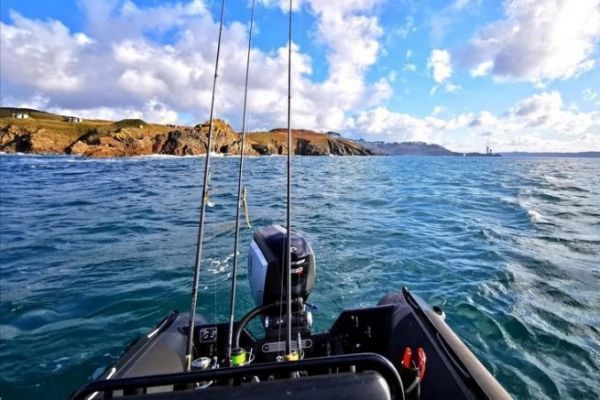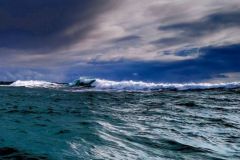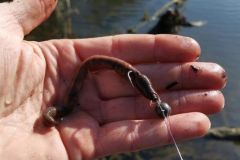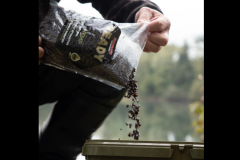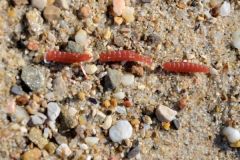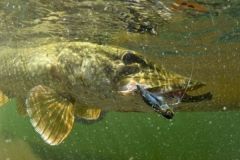Any sea outing must be prepared in advance to avoid unpleasant surprises and disappointments. Once you're out on the open sea, these can take on a life of their own.
In this series of articles, we'll look at how best to prepare for your outing, as well as what not to forget when it's over. Here, we'll keep an eye on the sea from a sport fisherman's point of view. Other boaters, particularly sailors, don't need the same weather conditions and constraints as we do to indulge their passion.
Weather: the basis of any outing!
Going out to sea cannot be improvised, and the first parameter to take into account is the weather. You need to analyze it in advance.
Of course, you need to take into account the wind on the day, but also on previous days. If the wind blew hard the day before, it will cause choppy seas, even if it has eased on the day of the outing. We call this the residue of the wind sea, which will bring the swell later on.
Its sector is obviously a factor. An onshore wind has the effect of smoothing the sea, whereas an offshore wind will give you rougher seas. Consequently, it's perfectly possible to fish along the edge of a river with a steady onshore wind, as long as you stay close to it.
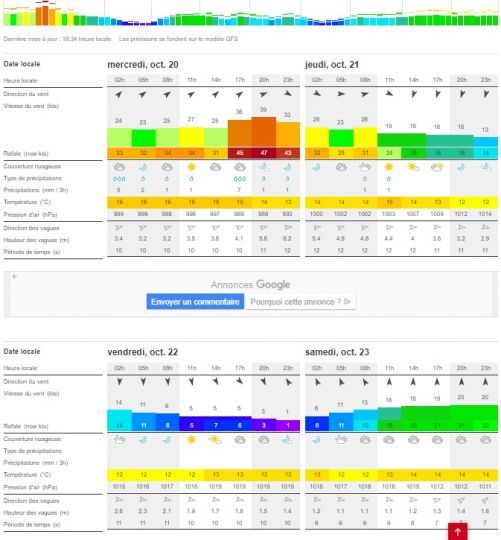
The tidal current
Directly linked to the coefficient, which ranges from 20 to 120, the current will have an impact not only on the speed of your drift, but also on the sea state.
In shallow areas with strong currents, the seas are bound to be rougher. Add to this an opposing wind and you can quickly find yourself in a chaotic situation.
When programming your outing, choose an exposed area if the coefficient is low or, conversely, edge areas or areas with little exposure if the coefficient is high.
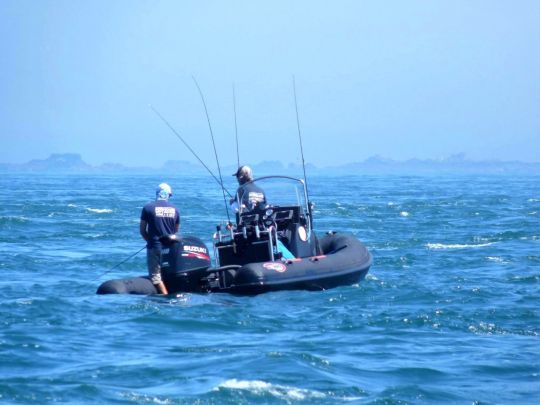
For example, when I go out on the islands of Sein or Ouessant (29), I try as much as possible to avoid coefficients above 90 if I'm targeting the spot vertically. Above 90, it's almost impossible to hold the bottom and fish properly.
Conversely, with such high coefficients, traction fishing with animated shads across veins of strong current is perfectly suited.
Choose your zone based on the elements
With the above in mind, it will be easier for you to choose a suitable area to ensure a safe and comfortable outing.
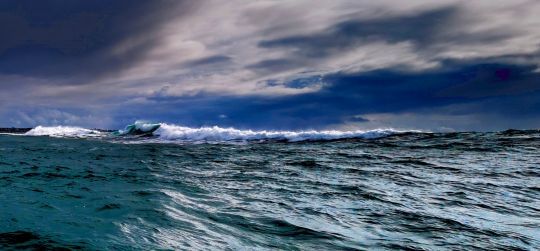
- The wind :
Analyze the wind sector and strength. Generally speaking, as soon as the wind gets close to 17/20 knots, you need to ask yourself whether or not you want to keep going. Take into account the size of your boat. The sea state will be felt differently on a 5 m RIB than on an 8 m open hull.
- The current :
When boating, try as far as possible to fish with the wind and current in the same direction. This will make drifting much easier.
A wind against the current will cause a banner and make fishing technically more complicated. You may need to take shelter from one or other element. A roadstead or estuary is a good place for this.
